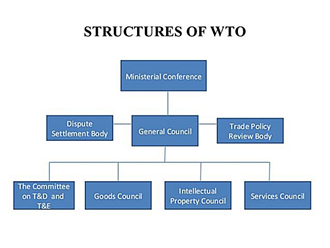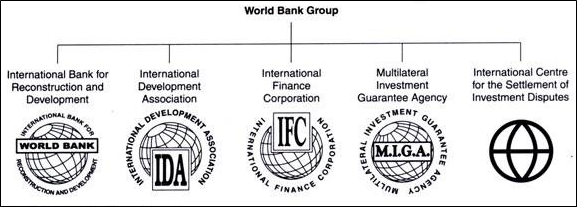It refers to the methods governments use to finance their budget deficits. When the budgetary expenditure exceeds the total receipt, then the government runs into a deficit which has to be supplemented by following ways:
1. Borrowing from the market by issuing bonds or money market instruments (Market Borrowing Programme)
2. Borrowing from RBI by asking the Reserve Bank of India to print new currency against the bonds issued to them (Monetised Financing or deficit)
Market Borrowing Programme
-
- Under this, the RBI issues money market instruments or dated securities of the Government for the public and institutional investors to buy them and fund the fiscal deficit of the government.
- The holders of these securities are assured a fixed coupon rate, and these securities can also be traded in the secondary market.
- The yield rate and the price of the bonds also impact the interest rate in the market in short-term as well as long-term.
Monetised Deficit
-
- Monetising deficit means purchase of government bonds in the primary market by RBI
- In return, RBI prints fresh currency.
- It is generally the last resort for the government as this exercise is highly inflationary in nature because it increases the money supply immediately.
- It is even more detrimental if printing of currency is being done to fund revenue expenditures.
- Monetised financing was in practice till 1997. It was carried out through the issuance of ad-hoc treasury bills. However, in 1997, through an agreement between the Central Government and RBI, this was completely phased out and was replaced with Ways and Means Advances (WMAs) which restricted fund transfer from RBI to the Government for managing temporary mismatch in cashflows for the government.



